Statin guidelines calculator
The ACCAHA guidelines were last updated in 2013 with several notable differences when compared to their prior iteration and to the 2011 ESC EAS guidelines. This is because the probability that you will have a CVD event is lower so the benefit of a statin is likely to be smaller.

2013 Acc Aha Guideline On The Assessment Of Cardiovascular Risk Circulation
The risk assessment calculator used in the 2013 guidelines is still recommended in the 2018 cholesterol guidelines but they also recommend that clinicians talk to patients about factors that can increase their chances of heart disease and stroke including smoking weight high blood sugar and hypertension as well as family history.
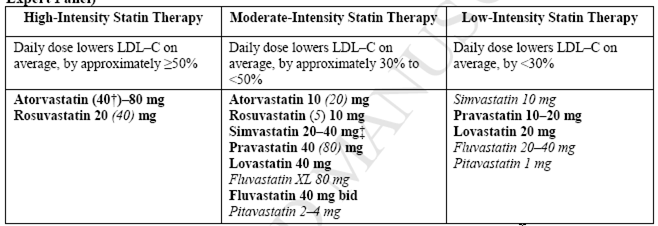
. Official AHAASA and ACCFAHA GUIDELINES quick-reference tools provide healthcare providers and students with instant access to current guidelines in a clear concise format. Researchers estimate that nearly 30 of people aged 40 and over in the United States take some form of statin. More than 2400 hospitals and over 8500 outpatient providers worldwide participate in one or more of the ACCs ten registries forming a comprehensive network of cardiovascular care providers committed to ensuring evidence-based cardiovascular care improving patient outcomes and lowering health care costs.
Welcome to the QRISK 2-2017 cardiovascular disease risk calculator. The 2018 and 2019 guidelines from the American College of Cardiology and American Heart Association reflect the complexity of individualized cholesterol management. 2009 Canadian Cardiovascular SocietyCanadian guidelines for the diagnosis and treatment of dyslipidemia and prevention of cardiovascular disease in the adult.
Focused update incorporated into the 2007 guidelines for the management of patients with unstable angina. A CAC score of 199 favors statin therapy especially in those aged 55 years. 50 These guidelines focus on a fixed-dose approach to cholesterol-lowering treatment in which statin therapy is no longer titrated to achieve LDL goals.
The long-anticipated release of the 2018 American College of CardiologyAmerican Heart Association cholesterol guidelines is now at hand and likely to be met with broad interest by clinicians in multiple specialties. For primary prevention in patients not on statin therapy we suggest against routinely ordering a lipid panel more frequently than every 10 years. Use of the risk calculator and ACCAHA guidelines remains controversial and is evolving as more data become available.
For cardiovascular risk assessment in primary prevention we suggest using a 10-year risk calculator. For any patient if the CAC score is 100 or 75th percentile statin therapy is indicated. The USPSTF recommends that adults without a history of cardiovascular disease CVD ie symptomatic coronary artery disease or ischemic stroke use a low- to moderate-dose statin for the.
This can lead to severe muscle pain and kidney damage. You can use this calculator to work out your risk of having a heart attack or stroke over the next ten years by answering some simple questions. The digital versions of the GUIDELINES Pocket Cards are now available on iPhone iPad and Android devices.
For the same other inputs this calculator estimates higher cardiovascular risk for African American patients. Statin alternatives include some prescription medications like ezetimibe and fibric acids. See here for more on our approach to addressing race and bias on MDCalc.
Learn more about the mobile app. Measurement of CAC may be considered in select adults with. This update also introduced a new Pooled Cohort Equation.
Hyperproteinemia eg in multiple myeloma. The documents address more detailed risk assessment newer nonstatin cholesterol-lowering drugs special attention to patient subgroups and consideration of the value of therapy all with the. Guidelines by the American College of Cardiology and the American Heart Association recommend statin treatment for primary prevention of cardiovascular disease in adults with LDL cholesterol 190 mgdL or those with diabetes age 4075 with LDL-C 70190 mgdl.
This peer-reviewed online calculator uses the Pooled Cohort Equations to estimate the 10-year primary risk of ASCVD. It is suitable for people who do not already have a diagnosis of heart disease or. This hypothesis is based on epidemiological evidence that both within and between populations higher cholesterol levels raise the risk for ASCVD.
Below we describe the uses risks and possible benefits of these drugs. Occasionally statin use causes an increase in liver enzymes. If you have generally it is recommended that you discuss with your doctor about starting aspirin and a statin.
Welcome to the QRISK 2-2017 Web Calculator. Additionally a risk calculator has been developed that allows more. Statin-indicated conditions statins generally not indicated Risk Factor Risk Points Points Men Women Age 30-34 0 0 35-39 2 2 40-44 5 4 45-49 7 5 50-54 8 7 55-59 10 8.
This calculator assumes that you have not had a prior heart attack or stroke. The cholesterol hypothesis holds that high blood cholesterol is a major risk factor for atherosclerosis cardiovascular disease ASCVD and lowering cholesterol levels will reduce risk for ASCVD. Or in those with a 10-year risk of developing heart attack or stroke of 75.
This method increased sodium levels by 15 to 20 mEq per L per hour. The 2013 ACCAHA guidelines recommend either a high-intensity or moderate-intensity statin regimen in patients who have an elevated ASCVD risk 75 for primary prevention of cardiovascular disease. A locked padlock or https means youve safely connected to the gov website.
This calculator includes inputs based on race which may or may not provide better estimates so we have decided to make race optional. Online calculator available at http. Some say that the current risk calculator can overestimate risk.
Share sensitive information only on official secure websites. Furthermore if you have an LDL-cholesterol bad cholesterol greater than 190 it is also generally recommended that you discuss with your doctor about. 13 22 23 Guidelines.
If the increase is mild you can continue to take the drug. Classification into 2 categories simplifies the recommendations without loss of fidelity. Very rarely high-dose statin use can cause muscle cells to break down and release a protein called myoglobin into the bloodstream.
We suggest against the routine use of coronary artery calcium testing. Perioperative Statin Therapy. 1 The last update to the American College of CardiologyAmerican Heart Association cholesterol guidelines in 2013 takes a much narrower.
Natural remedies that some people use to help treat high cholesterol include omega-3 fatty acids and red.

Guidelines For The Management Of High Blood Cholesterol Endotext Ncbi Bookshelf
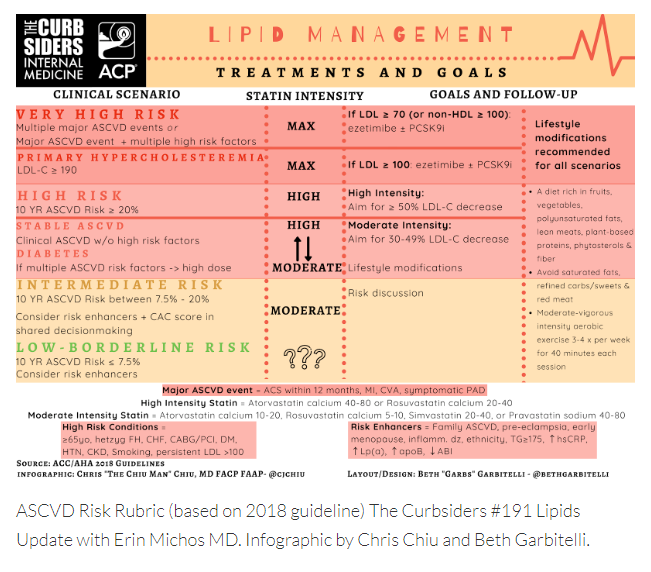
2020 Lipid Guidelines Review Part 1 The Curbsiders 191 Lipids Update And Cardiovascular Risk Tom Wade Md

Risk Calculator Comparison Statin Eligibility And Missed Treatment Download Scientific Diagram

Application Of New Cholesterol Guidelines To A Population Based Sample Nejm

Ascvd Risk Estimator

2016 Uspstf Cholesterol Guidelin
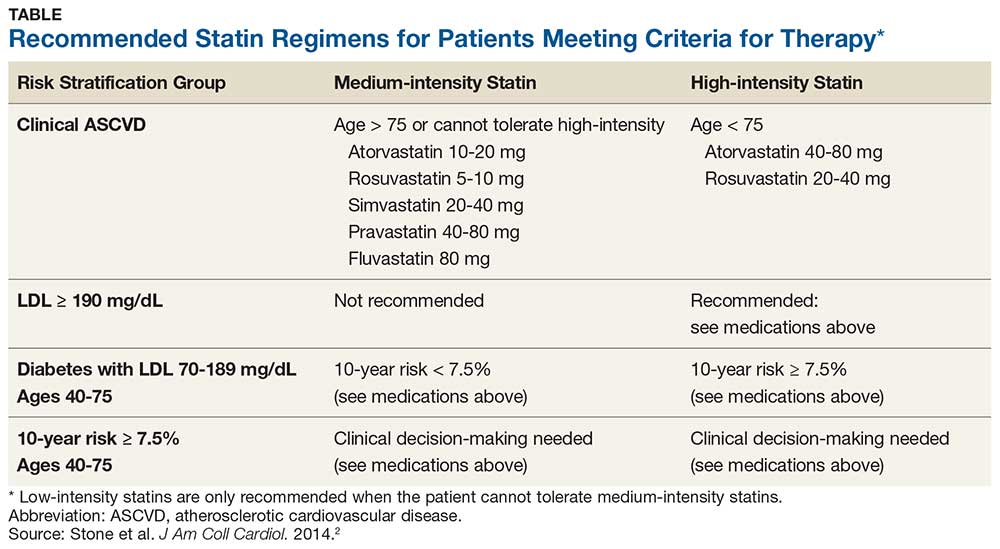
How Do I Use The New Cholesterol Guidelines Clinician Reviews
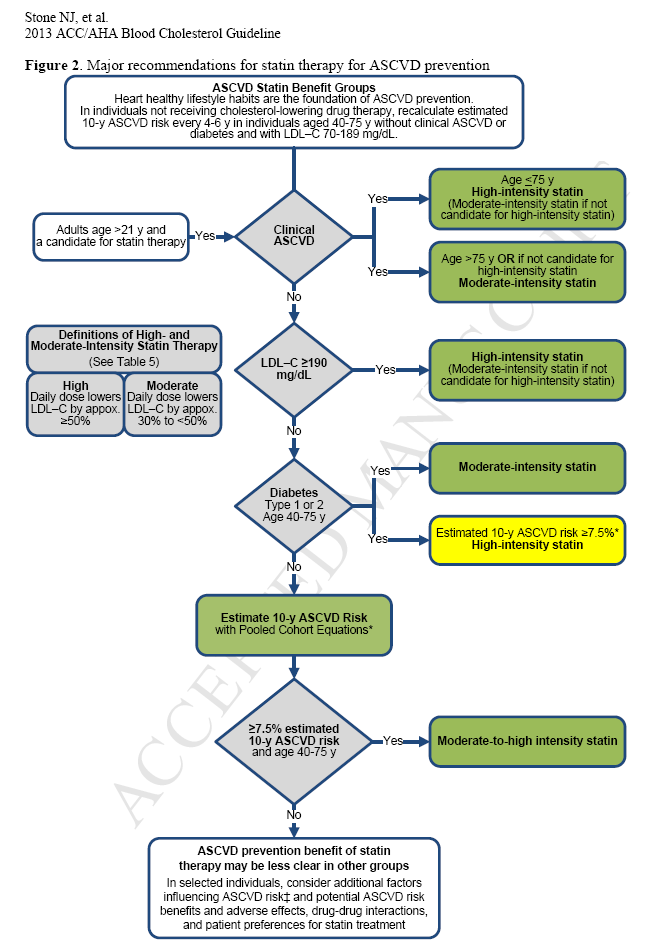
Lipid Page2

Guidelines Versus Trial Evidence For Statin Use In Primary Prevention The Copenhagen General Population Study Atherosclerosis
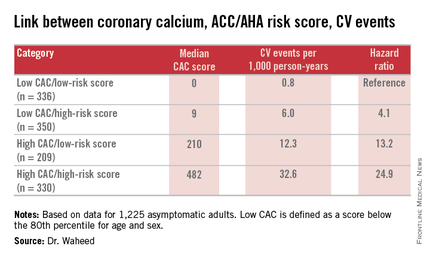
Aha Coronary Calcium Personalizes Acc Aha Risk Calculator Chest Physician

Ascvd Risk Estimator

Jbs Cardiovascular Disease Prevention Guideline Independent Professional Body Guideline Guidelines

Summary Of Statin Initiation Recommendations For The Treatment Of Blood Download Scientific Diagram

Ascvd Risk Estimator

Ascvd Risk Estimator

Ascvd Risk Estimator
Ascvd Risk Estimator